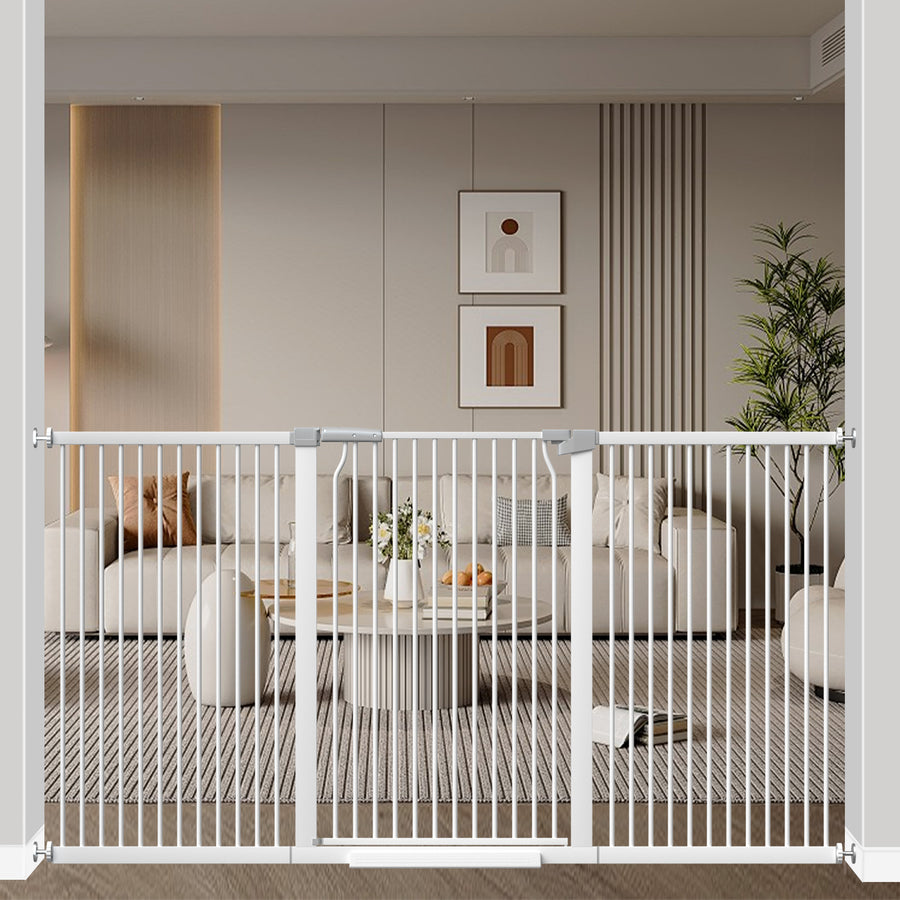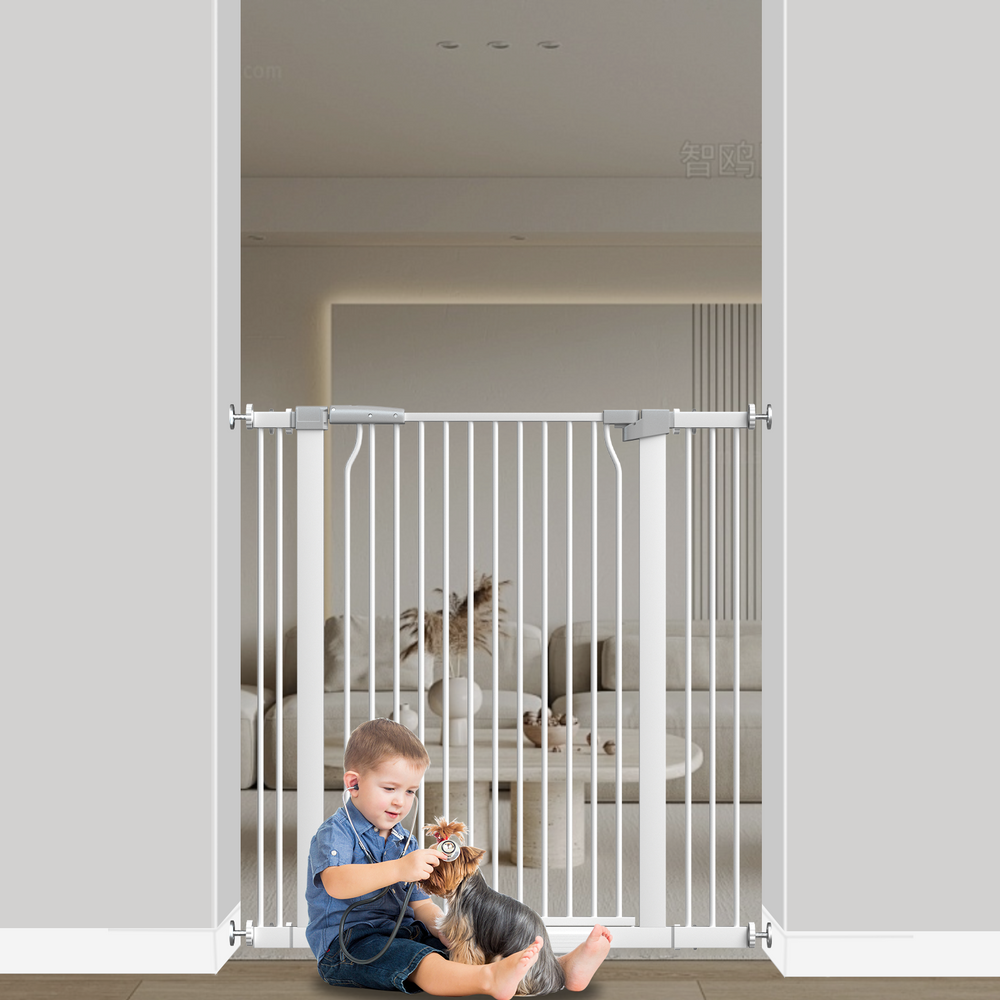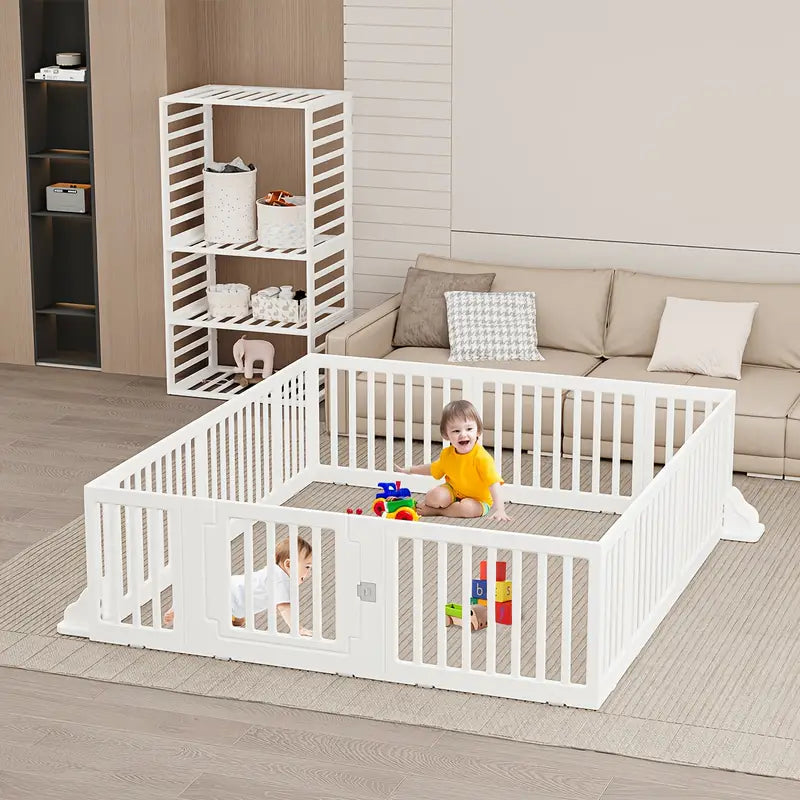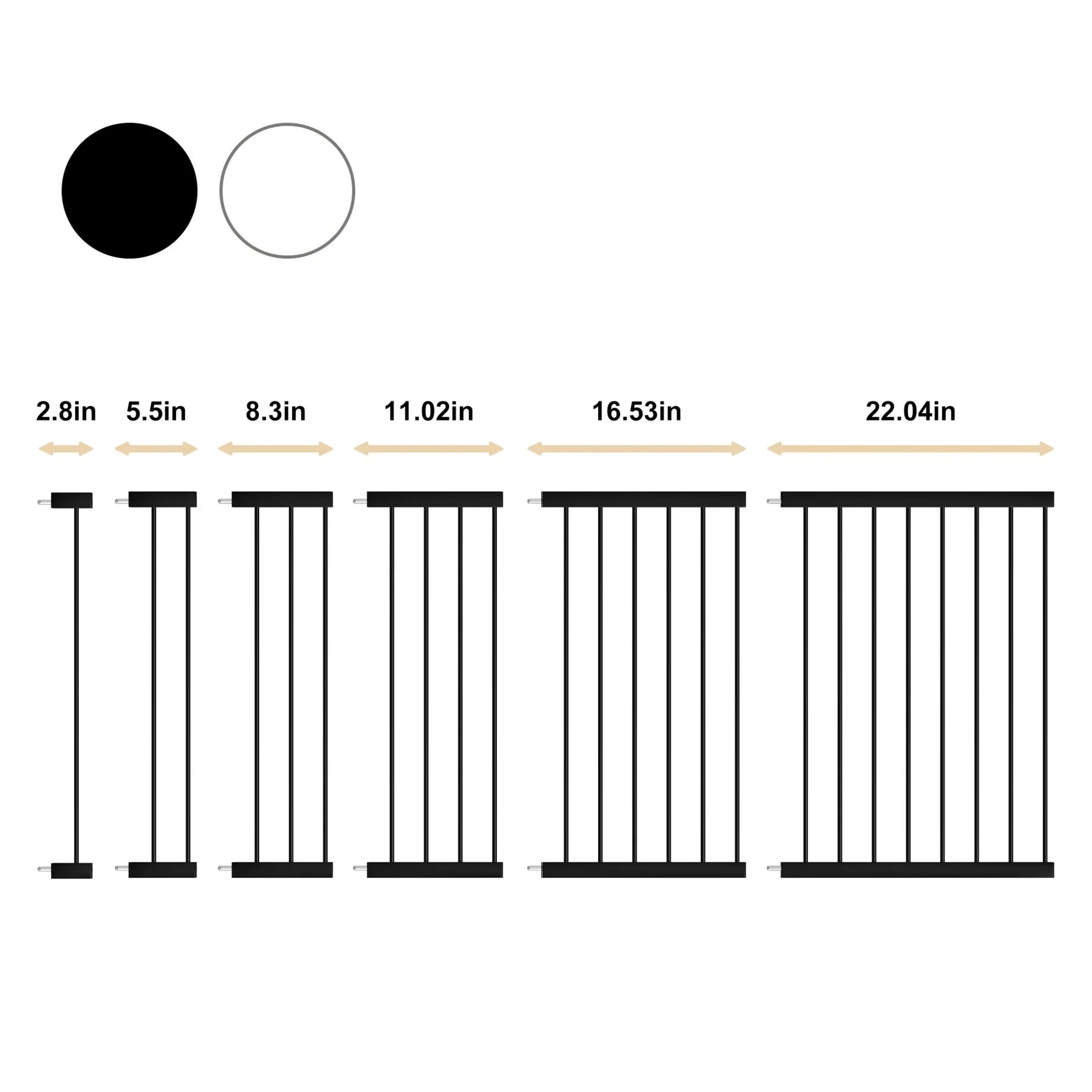Essential Tips for Preventing Suffocation Risks for Infants: A Parent's Guide
Creating A Safe Sleep Environment
Okay, so setting up a safe sleep space for your baby is super important. It's one of those things that can feel overwhelming with all the information out there, but really, it boils down to a few key things. We want to make sure we're doing everything we can to minimize risks like SIDS and accidental suffocation. It's all about creating a space where your little one can rest easy, and you can too, knowing you've taken the right steps.
Use A Firm Mattress
A firm mattress is non-negotiable. Soft surfaces are a big no-no because they can increase the risk of suffocation. Think about it: a baby's face can sink into a soft mattress, making it hard for them to breathe. You want a mattress that's firm enough to support them properly. It should fit snugly inside the crib or bassinet, with no gaps around the edges where a baby could get stuck. This isn't the place to try and save a few bucks; invest in a good, firm mattress designed specifically for infants. It's a small price to pay for peace of mind.
Keep The Crib Free Of Soft Objects
This one's pretty straightforward: keep the crib clear of anything soft and fluffy. That means no pillows, blankets, stuffed animals, or crib bumpers. I know, those cute little bumpers seem like a good idea to protect your baby from bumping against the sides of the crib, but they actually pose a suffocation risk. Babies can turn their faces into them and have trouble breathing. Plus, they can be a climbing aid as the baby grows, which is another hazard. A bare crib might not look as cozy, but it's much, much safer. Think of it this way: less is more when it comes to crib safety. You can always use a wearable blanket to keep your baby warm.
Avoid Inclined Sleep Surfaces
Inclined sleepers, like those marketed for babies with reflux, might seem like a good solution, but they're actually not safe for sleep. Babies can slump over in these devices, which can restrict their airway. The safest position for a baby to sleep is flat on their back, on a firm surface. If your baby has reflux, talk to your pediatrician about other ways to manage it that don't involve putting them in a potentially dangerous sleep position. There are often simple things you can do, like holding them upright after feedings, that can make a big difference. Remember, safety first, always. It's better to be cautious and follow the guidelines than to take a risk with your baby's sleep environment.
Understanding Swaddling Safety

Swaddling can be a great way to help your baby feel secure and sleep better, especially in those early months. But it's super important to do it right! There are definitely some things to keep in mind to make sure your little one stays safe and comfy. It's not just about wrapping them up like a burrito; it's about doing it in a way that supports their development and prevents any potential risks.
Swaddle With Care
The key to safe swaddling is ensuring it's snug but not too tight. You want to allow for some movement, especially around the hips and legs. A too-tight swaddle can actually hinder hip development, which is something you definitely want to avoid. Make sure your baby can still bend their legs up and out at the hips. Also, always place your baby on their back when swaddled.
- Use a thin, breathable fabric.
- Ensure the swaddle isn't too tight around the chest.
- Leave room for hip and leg movement.
Stop Swaddling When Rolling Begins
This is a big one! Once your baby starts showing signs of rolling over, it's time to ditch the swaddle. Usually, this happens around 3-4 months, but some babies might start earlier. The danger is that if they're swaddled and roll onto their stomach, they might not be able to roll back, increasing the risk of suffocation. It's better to be safe than sorry and transition to a sleep sack or wearable blanket once they're mobile.
It's important to watch your baby closely for signs of rolling. Every baby develops at their own pace, so don't rely solely on age milestones. If you see them attempting to roll, even if they're not quite successful yet, it's time to stop swaddling.
Avoid Weighted Swaddles
Weighted swaddles and blankets are a no-go for infants. There's no solid evidence that they're safe, and they could potentially interfere with your baby's breathing or movement. It's best to stick to lightweight, breathable fabrics for swaddling. If you're looking for ways to soothe your baby, try other methods like gentle rocking, white noise, or a pacifier. These are much safer alternatives to weighted products.
- No weighted blankets.
- No weighted swaddles.
- Avoid rice bags inside the swaddle.
Monitoring Room Temperature
It's easy to overlook, but the temperature of your baby's room can significantly impact their comfort and safety. Babies can't regulate their body temperature as well as adults, making them vulnerable to overheating or getting too cold. Finding the right balance is key.
Dress Your Baby Appropriately
Choosing the right clothing for your baby is important. Think about dressing your baby in layers. This way, you can easily add or remove clothing to keep them comfortable. A good rule of thumb is to dress your baby in one more layer than you would wear. However, avoid overdressing, as overheating is a risk factor for SIDS. Natural fibers like cotton are breathable and can help regulate temperature. Consider a lightweight sleep sack instead of loose blankets, which can pose a suffocation hazard. It's all about finding that sweet spot where your baby is warm but not too hot.
Signs Of Overheating
Knowing the signs of overheating is crucial. If your baby is sweating, has flushed skin, or is breathing rapidly, they might be too warm. Feel their chest or back of their neck; if it feels hot to the touch, that's another indicator. Other signs include damp hair or general restlessness. If you notice any of these signs, remove a layer of clothing and check again in a few minutes. It's better to err on the side of caution and cool them down a bit. Dehydration can also be a sign of overheating, so offer them a little extra breast milk or formula if they seem thirsty.
Maintain A Comfortable Room Temperature
What's a comfortable room temperature for a baby? Generally, between 68-72°F (20-22°C) is recommended. A room thermometer can be a helpful tool to monitor the temperature. Avoid placing the crib near direct sunlight or heating vents, as this can cause fluctuations in temperature. During colder months, ensure the room isn't drafty. During warmer months, consider using a fan to circulate air, but don't point it directly at the baby. Maintaining a consistent and comfortable temperature helps promote better sleep and reduces the risk of overheating or getting too cold. You can also check out some safe sleep articles for more information.
Keeping the room at the right temperature is a simple yet effective way to ensure your baby's comfort and safety. It's one less thing to worry about, allowing you and your little one to rest easier.
Breastfeeding Benefits

Breastfeeding offers a multitude of advantages, not just for your baby's nutrition but also for their overall safety, particularly in reducing the risk of SIDS. It's more than just food; it's a protective measure. I remember when my sister had her baby, she was so worried about everything, but focusing on breastfeeding really gave her a sense of control and purpose. It's amazing how much it can help.
Breastfeed Exclusively For Six Months
The American Academy of Pediatrics suggests exclusive breastfeeding for about the first six months of life. This means no formula, no water, just breast milk. It's a big commitment, but the benefits are huge. It gives their immune system a real boost. I know it can be tough, especially when you're exhausted, but it's worth it. Think of it as building a strong foundation for their health. It's like giving them a super-powered shield right from the start. If you are having trouble with breastfeeding support, reach out to a lactation consultant.
Continue Breastfeeding With Solids
Even after you start introducing solid foods, keep breastfeeding! It doesn't have to be all the time, but continuing to breastfeed alongside solids offers ongoing benefits. It's like topping up their immune system and providing extra comfort. My friend Sarah breastfed her daughter until she was almost two, and she swears it helped her daughter stay healthy through all the daycare germs. It's a personal choice, of course, but it's something to consider. It's like giving them a little extra love and protection with every feed. You can also use expressed milk if you are away from your baby.
Breastfeeding Reduces SIDS Risk
Breastfeeding is linked to a lower risk of SIDS. The exact reasons aren't fully understood, but it's thought that breast milk's immune-boosting properties and the close contact during feeding play a role. It's not a guarantee, of course, but it's another reason to consider breastfeeding if you can. It's like adding another layer of protection for your little one. It's one of those things that makes you feel like you're doing everything you can to keep them safe.
Breastfeeding is not always easy, and it's okay to seek help and support. Don't feel pressured to breastfeed if it's not working for you or your baby. The most important thing is that your baby is fed and loved. There are many ways to nourish your child, and your well-being matters too.
Avoiding Risky Products
It's so easy to get caught up in all the baby products out there, especially when you're a new parent. Everyone's trying to sell you something that promises to make your life easier or, even worse, claims to protect your baby from SIDS. But the truth is, a lot of these products just aren't safe, and some are downright dangerous. It's important to be a savvy consumer and prioritize safety over convenience or marketing hype.
Steer Clear Of Unsafe Sleep Products
There are a ton of baby products on the market that simply aren't safe for sleep. I'm talking about things like:
- Sleep positioners: These are those wedges or incliners that are supposed to keep your baby in a certain position. They've been linked to suffocation and aren't recommended. It's better to avoid sleep positioners altogether.
- In-bed sleepers, baby nests, and pods: These products create a soft, enclosed space for your baby to sleep in, which can increase the risk of suffocation.
- Inclined sleepers: Anything that keeps your baby at an incline is a no-go. Babies should always sleep flat on their backs.
If a product seems too good to be true, or if it makes claims about reducing SIDS, be extra cautious. Always check to see if the product meets federal safety standards. If it doesn't, steer clear.
Do Not Use Home Monitors
I know it's tempting to buy one of those home cardiorespiratory monitors that claim to track your baby's heart rate and breathing. The idea is that they'll alert you if something goes wrong, giving you peace of mind. But here's the thing: there's no evidence that these monitors actually reduce the risk of SIDS. Plus, they can give you a false sense of security, which can lead you to relax other safe sleep practices. It's better to focus on creating a safe sleep environment and following the guidelines, rather than relying on a home monitor that might not even work.
Check CPSC Guidelines
The U.S. Consumer Product Safety Commission (CPSC) is your friend. They have a website where you can check to see if a product has been recalled or if there are any safety concerns. Before you buy any baby product, especially one that your baby will be sleeping in, take a few minutes to check the CPSC website. It could save your baby's life. You can also find a list of approved products there.
It's easy to feel overwhelmed by all the information out there, but when it comes to your baby's safety, it's always better to err on the side of caution. If you're not sure about a product, ask your pediatrician or do some research before you buy it. Your baby's life is worth more than any fancy gadget or trendy product.
Promoting Safe Sleep Practices
Always Place Baby On Their Back
It's pretty simple: always put your baby to sleep on their back. This has been shown, time and time again, to significantly reduce the risk of SIDS. It might seem weird if they're used to sleeping on their tummy or side, but trust me, back is best. Once they can roll over on their own, you don't have to keep flipping them back, but until then, back to sleep it is!
Avoid Bed Sharing
While the idea of snuggling up with your little one in bed sounds super cozy, it's actually not the safest thing to do. Bed sharing increases the risk of suffocation, especially for young babies. It's a tough one, because you want to be close, but a separate sleep space, like a bassinet or crib next to your bed, is the way to go. Think of it as a temporary sacrifice for their safety.
Use A Pacifier At Sleep Time
Okay, so this one might seem a little random, but studies have shown that giving your baby a pacifier at sleep time can actually help reduce the risk of SIDS. No one is entirely sure why, but it's thought that it might help keep their airway open or promote lighter sleep. Just make sure it's not attached to a string or anything that could be a hazard, and don't force it if they don't want it. It's just another little tool in your safe sleep practices arsenal.
Creating a safe sleep environment is a multi-faceted approach. It's not just about one thing, but a combination of practices that, when followed consistently, can significantly reduce the risk of sleep-related incidents. Think of it as building a safety net for your little one, one step at a time.
Here's a quick recap of the key points:
- Always place your baby on their back to sleep.
- Avoid bed sharing, especially in the early months.
- Consider using a pacifier at sleep time.
- Ensure a safe sleep environment with a firm mattress and no loose bedding.
- Stay informed and consult with your pediatrician about the latest recommendations. Remember to check Shopify security measures for safe online shopping of baby products.
Regular Pediatric Check-Ups
Schedule Well-Child Visits
Regular check-ups with your pediatrician are super important. They're not just for when your baby is sick! These visits are a chance to track your baby's growth and development, get vaccinations, and ask any questions you might have. Think of them as a proactive way to keep your little one healthy and thriving. It's also a great way to build a relationship with your pediatrician, so you feel comfortable reaching out when you need to.
Discuss Sleep Safety With Your Pediatrician
Don't be shy about bringing up sleep safety during these appointments. Your pediatrician is a great resource for personalized advice. They can review your baby's sleep environment, swaddling techniques, and other practices to make sure you're doing everything you can to minimize risks. It's a good idea to write down your questions beforehand so you don't forget anything during the appointment.
Stay Updated On Vaccinations
Vaccinations are a cornerstone of infant health, and staying on schedule is crucial. Not only do vaccines protect your baby from serious illnesses, but they also contribute to community immunity, protecting those who can't be vaccinated. Your pediatrician will keep you informed about the recommended vaccine schedule and answer any concerns you might have. It's all about keeping your baby safe and healthy!
Regular pediatric visits are a great opportunity to discuss any concerns you have about your baby's health and development. Don't hesitate to ask questions and seek guidance from your pediatrician. They are there to support you and your baby every step of the way.
It's also important to find a pediatrician near you that you trust and feel comfortable with. This will make it easier to schedule appointments and get the care your baby needs. Remember, your pediatrician is your partner in keeping your baby healthy and safe. They can also provide guidance on safe sleep practices and other important aspects of infant care.
Final Thoughts on Keeping Your Baby Safe
In the end, keeping your baby safe from suffocation risks is all about being aware and taking simple steps. Always lay your little one down on their back to sleep, and keep their sleep area clear of soft items like pillows and blankets. Dress them lightly to avoid overheating, and be cautious with any products that claim to reduce risks. If you ever have doubts or questions, don’t hesitate to reach out to your pediatrician. They’re there to help you navigate these early parenting challenges. Remember, a safe sleep environment is key to giving your baby the best start.






Leave a comment